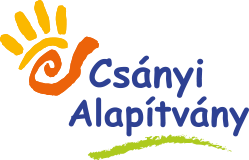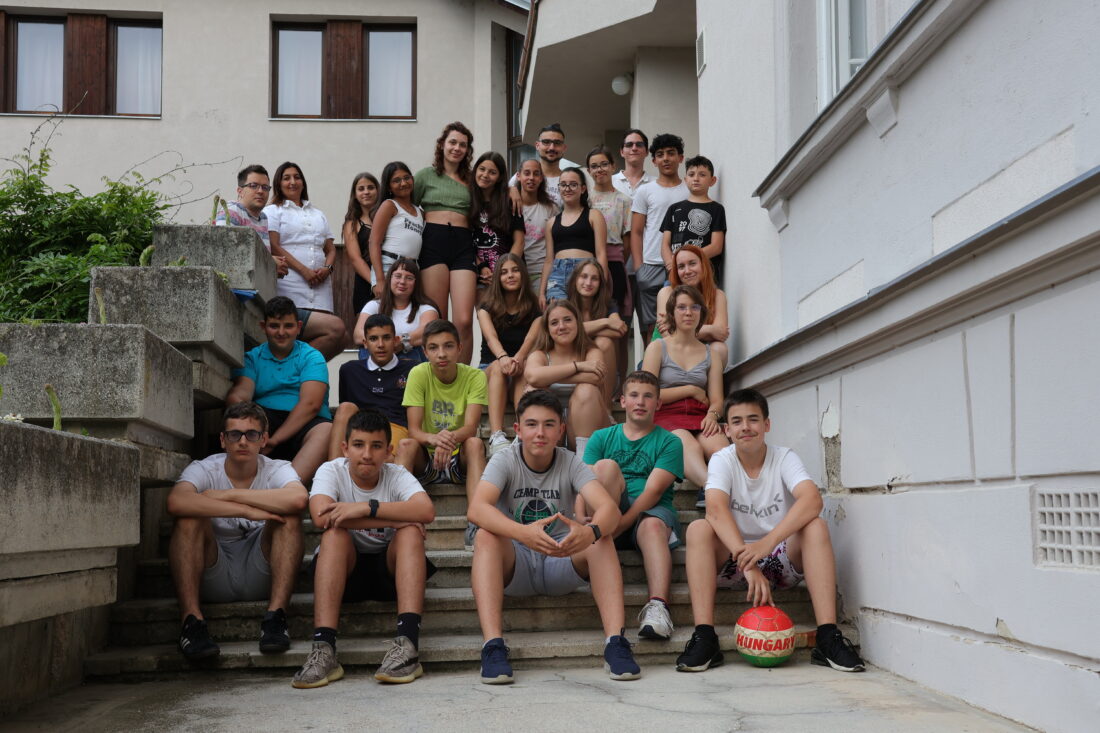
Nature and foreign language camp in Kőszeg
“On the afternoon of 7 July, the members of the Nagybajom 3 and Pécs 3 groups arrived at the site of the science and foreign language camp in Kőszeg. The first day of the camp was spent getting acquainted with the professionals assisting the groups and reviewing the weekly programme. The week will be spent learning about and experiencing different areas of science. We will ring birds in Tömörd, learn about and study the flora of the area, carry out exciting chemistry experiments, hike to the highest point in Transdanubia; the Írott-Kő (Written Stone), and visit the Seven Springs to decide which of our leader’s waters is the most delicious. We will also visit the quarry of Fertőrákos and the Eszterházy Castle in Fertőd. Of course, the week is not complete without exploring the sights of the city. We have an exciting week ahead of us!” by members of the Nagybajom 3 and Pécs 3 groups
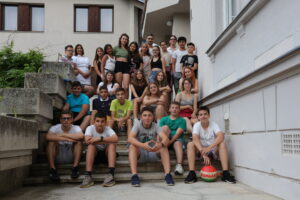
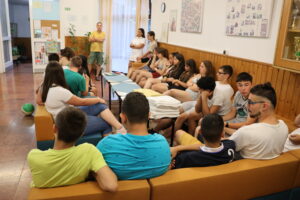
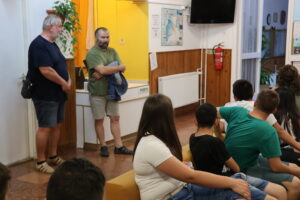
Tuesday: We visited the Szent Vid Chapel with our hosts. There, we received a detailed description of the most characteristic plant associations of the habitat. We learned that during the Bronze Age and the Roman Empire, a watchtower stood at the site of the Szent Vid Chapel. From here, the water supply system that provided water to the ancient city of Savaria (modern-day Szombathely) was well-protected.
After the chapel, we headed to Írott-kő (the highest point of Transdanubia at 882 meters), where we took a group photo in the sweltering heat. We also photographed the namesake rock, marking the boundary between the Batthyány and Esterházy estates.
Wednesday: Our day began with unique lessons. Péter Illés introduced the first group to Bisel, river water sampling, and measurements, while Sándor Bancsó showed us the chromosome chain model and the DNA of banana fruit. In the afternoon, junior mentors led language sessions. The English group was divided into two to make learning more effective for the children.

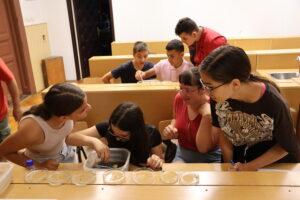
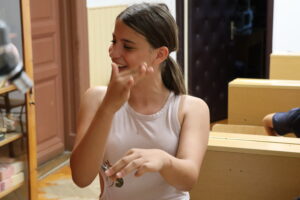
Thursday: We again explored the Kőszeg Mountains. After getting off the bus, we familiarized ourselves with the landscape, the relationship between plants, and the atmosphere. Our first stop was the Óház Lookout, where we had to climb a very steep hillside. Balázs Keszei shared interesting and useful information about geological eras, the food chain, and evolution. Péter Illés persistently tried to lure the black woodpecker into view using technology. Along the way, we received useful information and advice about nature, its sensitive balance, and the importance of conservation. After the long climb, we finally descended into a valley where we found Hétforrás. The spring is named after our seven leaders and was reportedly established in 1896, the millennium year. In the afternoon, junior mentors and Csilla (our volunteer and developer) again held foreign language classes.
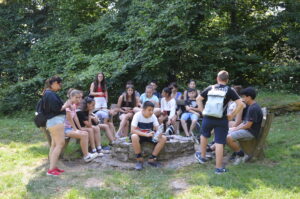
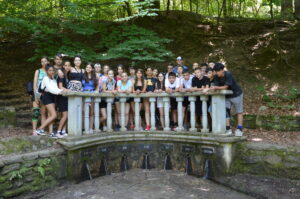
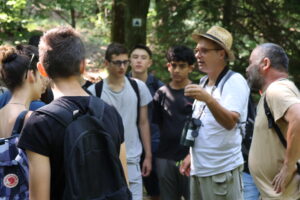
Friday: We started at the Pan-European Picnic Memorial Site, where we read about the border opening and the events leading up to it. The many photos, stories, and objects we saw and heard helped clarify our historical knowledge.
Next was Fertőrákos, where we admired the view of Lake Fertő from above and then learned about the history of quarrying from below. We visited Kócsagvár, the center of the Fertő-Hanság National Park. In the early afternoon, we arrived in Mexikópuszta to view an exhibition on the local wildlife. Shortly afterward, we headed back, parking the bus along the road to observe ground squirrels peeking out of the tall grass. At the end of the day, we took a group photo in the garden of Eszterházy Palace before heading back to our accommodations to pack up because Saturday was all about the bus ride and departure. We hope that the incoming 7th graders will enjoy the beautiful surroundings of the Kőszeg Mountains as much as we did!
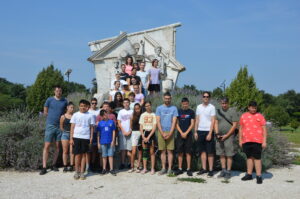
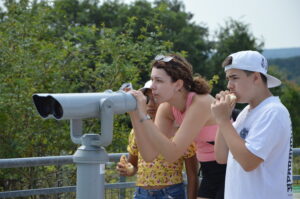
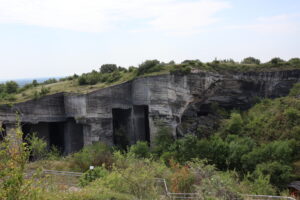
Photos of the camp are available in the Gallery.
